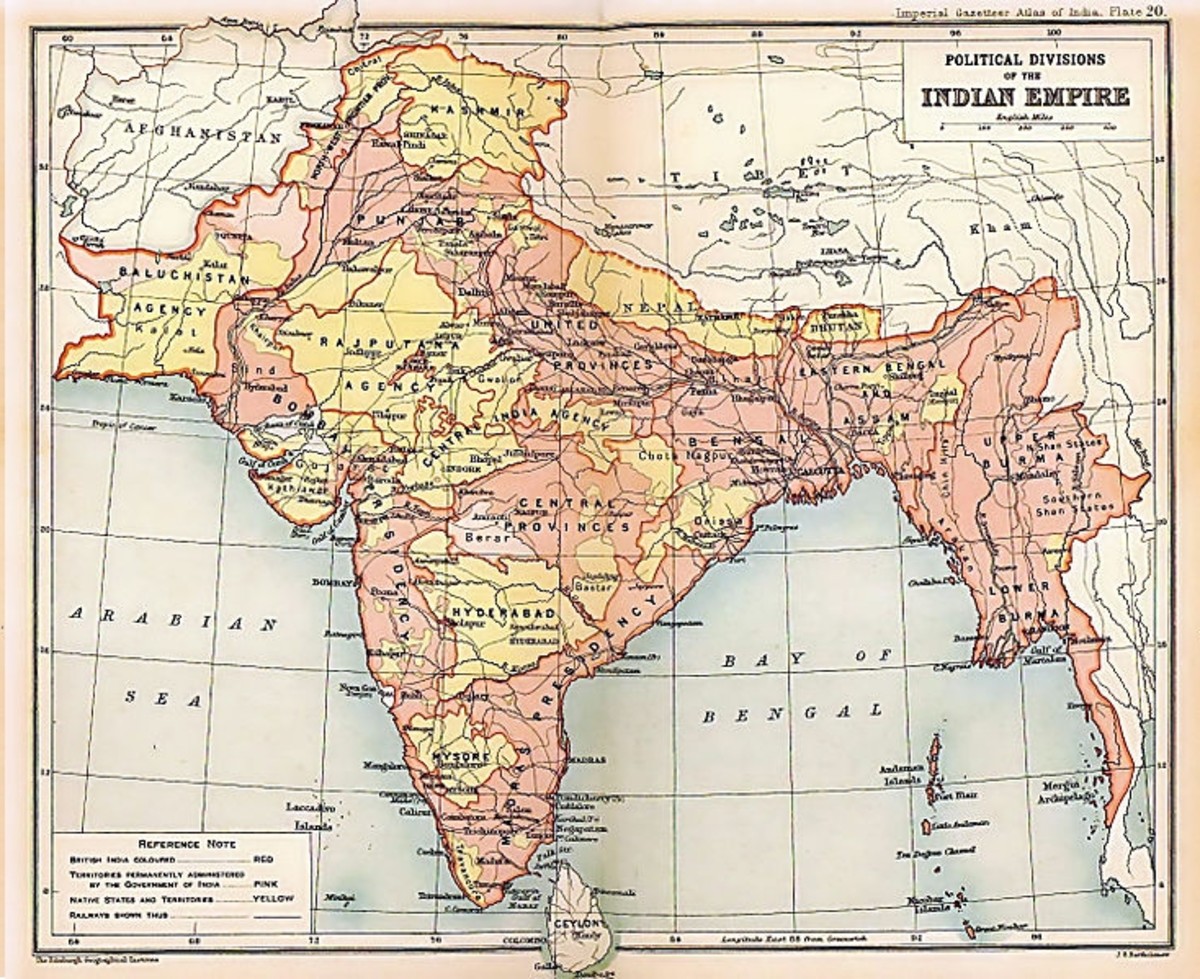- HubPages»
- Education and Science»
- History & Archaeology»
- History of Asia
Subsidiary Alliance

Subsidiary alliance was an imperialistic scheme introduced in India by Lord Wellesley in 1798. The system was introduced to extend British Supremacy in India and at the same time to avert the competition of other European powers especially the French. The treaty helped the company to expand its dominion and many new territories were added to their possession.
A similar kind of scheme was followed by Dupleix of French in India. Later, Robert Clive of the British too followed a similar scheme. Lord Wellesley perfected the scheme and introduced it in a systematic way to extend their supremacy in India.
Provisions of the Treaty
- British troops are going to station in the territories of the state who have signed the subsidiary alliance. The cost of the troops stationed shall be borne by the ruler of the state.
- The native rulers who have signed the alliance can borne the troops cost either by paying amount or by ceding some territories. Example: Awadh State signed the treaty in 1801. They ceded Rohilkhand. Nizams signed the treaty in 1798. They ceded Kurnool, Cuddapah, Rayalseema.
- Bigger states can maintain their own army within their territory for the preservation of public peace. However, they shall be commanded by the British officers.
- The Indian State who signed the treaty shall surrender its external relations to the British Company. They shall no longer make any wars. It shall conduct negotiations with other states only through the company.
- The Indian state shall not assist any other European companies with regard to trade and shall not appoint any Europeans in its services without the British consultation.
- A British Resident would station at the Headquarters of the native state. However, the British shall not interfere in the internal matters of the native state who have signed the subsidiary alliance.
Advantages to the Company
- The treaty in fact disarmed the Indian states. It prevented the Indian states from forming any confederation against the British.
- The treaty enabled the British to maintain a long standing army at the expense of the Indian States.
- The British controlled the strategic and key positions in India as they have got access to station their troops in the capitals of the Indian States
- All the communications of the Indian States with foreign powers were closed. British became an arbiter and gained further strength.
“A system of fattening allies as we fatten oxen till they were worthy of being devoured.”
Dis-advantages to Indian states
- The Indian state which signed the subsidiary alliance virtually lost its sovereignty by accepting disarmament, surrendering foreign relations and accepting a sub-ordinate position.
“A State purchased security by the sacrifice of Independence, of national character – and whatever renders a people respectable.” - Thomas Munro
- The British Resident who stationed at the headquarters of the native state according to the subsidiary alliance treaty, involved into the day-to-day administration of that state. He made the administration nearly impossible to work.
“I can therefore have no doubt, that the subsidiary alliance must everywhere run in its full course, and destroy every government which it undertakes to protect”. - Thomas Munro
- The subsidy demanded by the company was one-third of the annual revenue of the state. It was so heavy and the state fell in arrears and finally countered financial bankruptcy.
- The high salaries of the officers of the subsidiary forces and their lavish funds spent on equipment were met from the revenues of the state. In order to meet those heavy expenses the state imposed huge taxes on the people of its nation.




